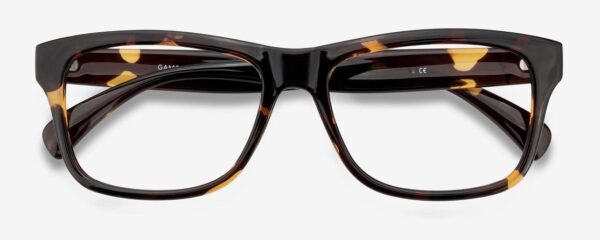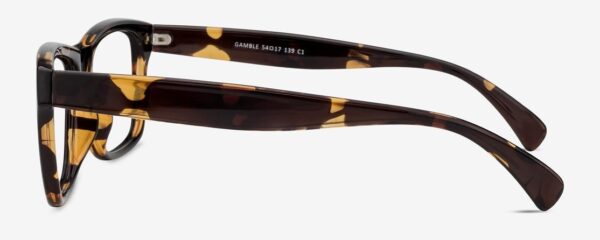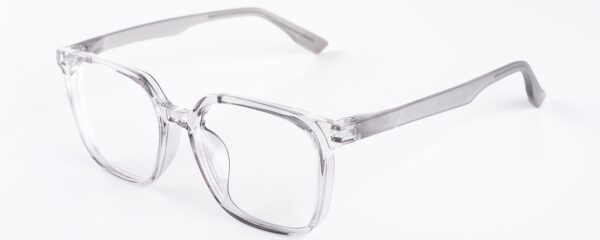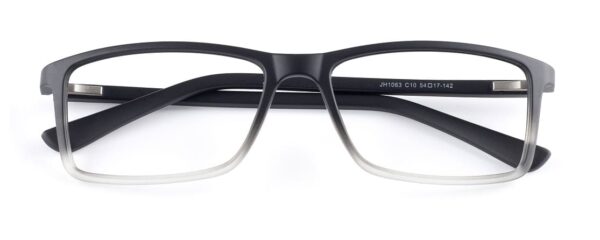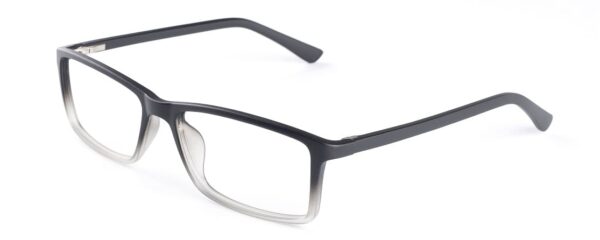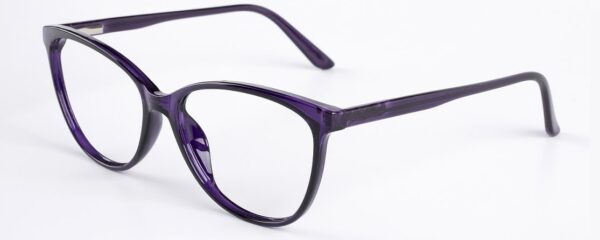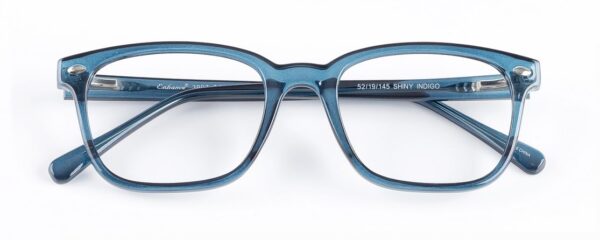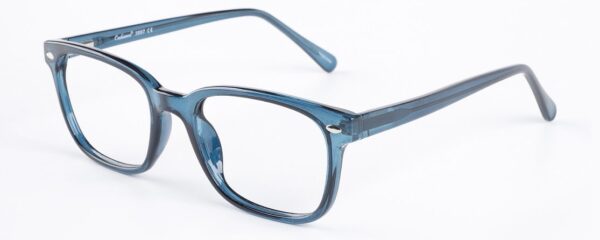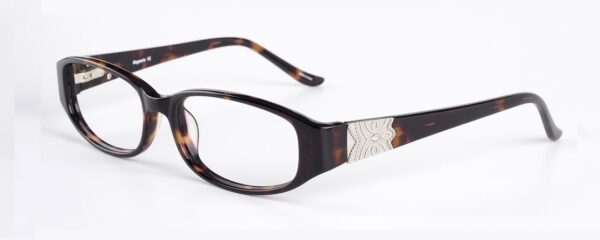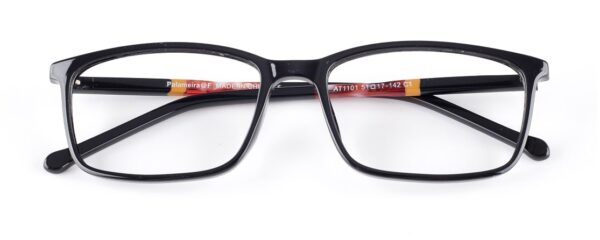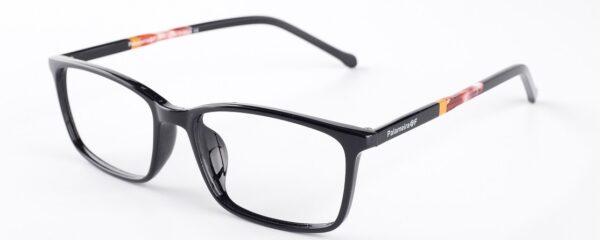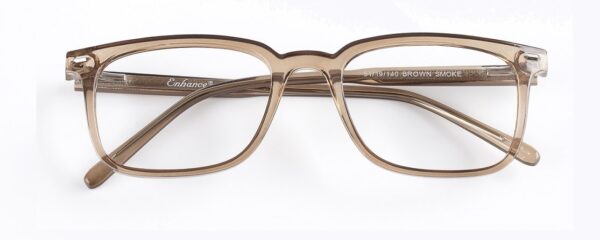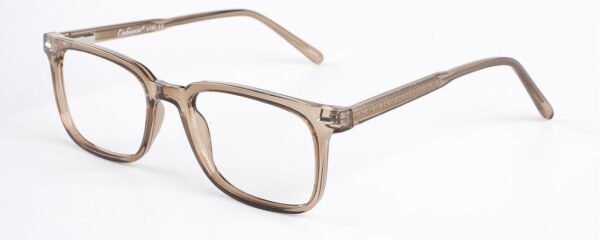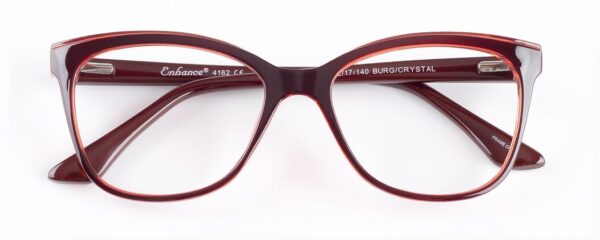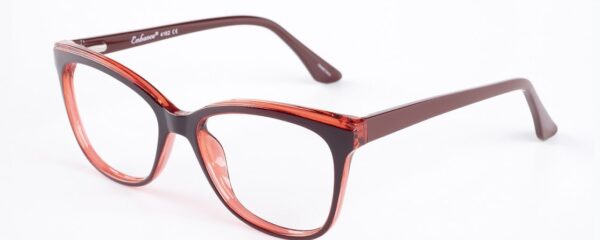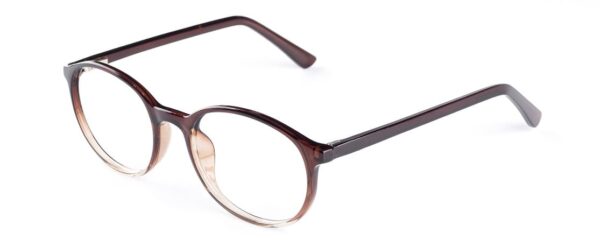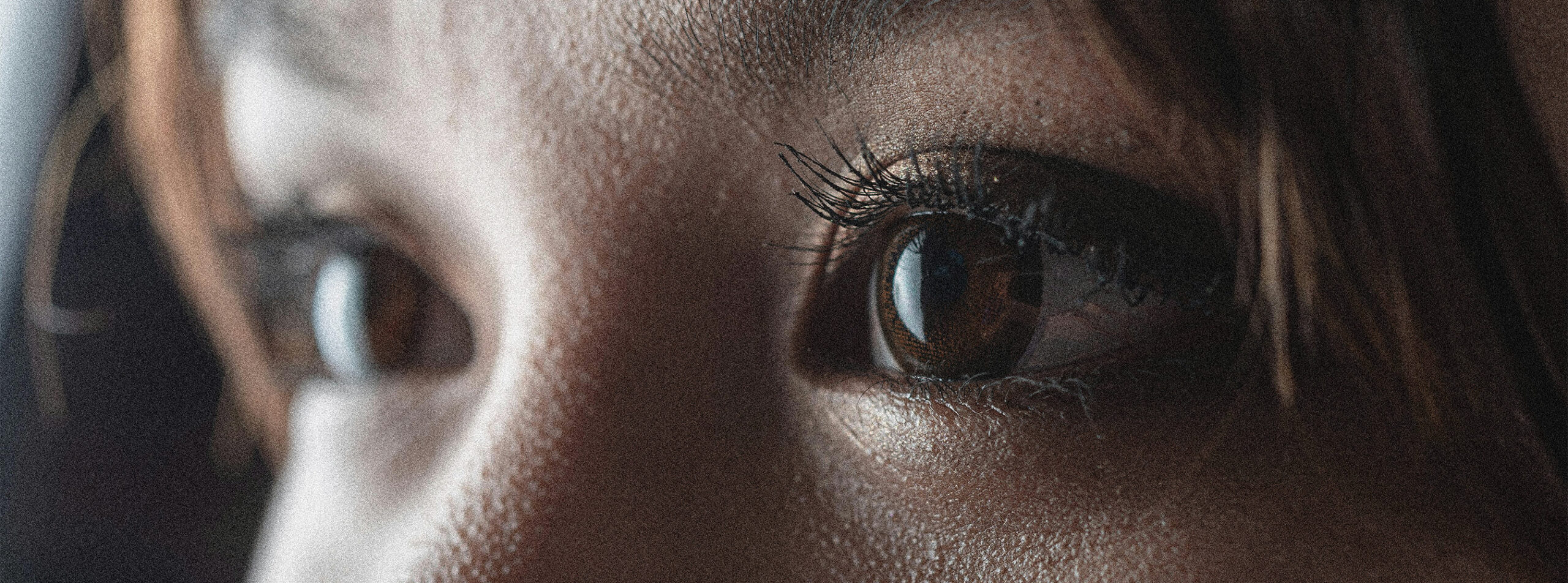
The Allure of Hazel Eyes: A Truly Mesmerizing Sight
Hazel eyes are nothing short of mesmerizing, with their unique blend of colors and striking flecks that make them incredibly distinctive. Often described as mysterious and captivating, hazel eyes are a rare and highly desirable trait. If you’re fortunate enough to possess this enchanting eye color, you’re among a select few. There are numerous factors that contribute to their appearance, which we’ll explore below.
How Rare Are Hazel Eyes?
Approximately 5% of the global population has hazel-colored eyes, making them a relatively rare trait, though not as uncommon as colors like green, purple, or grey. Hazel eyes share a similar rarity with amber eyes. This eye color is most frequently found among people of North African, Middle Eastern, Spanish, and Brazilian descent.
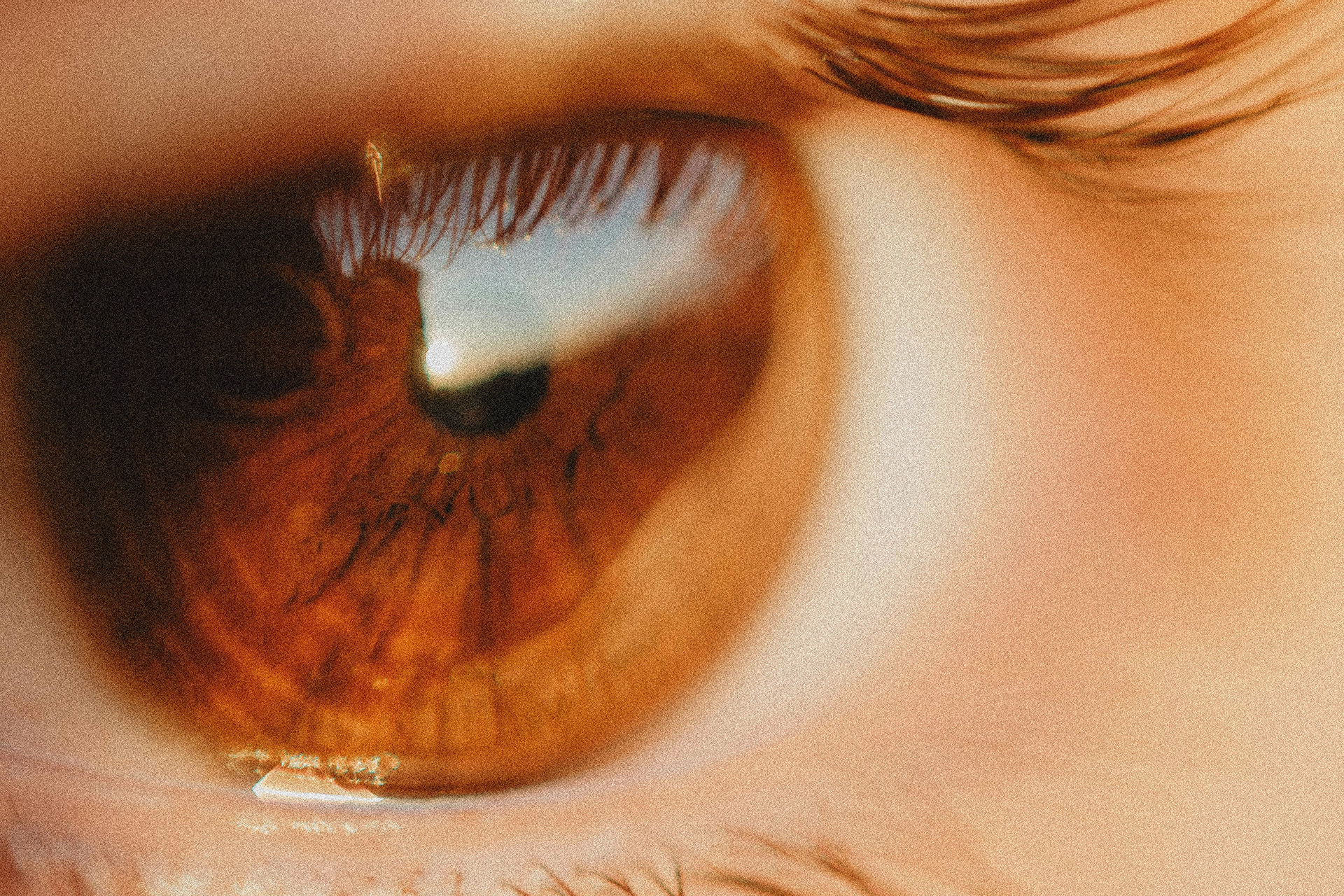
Why Do You Have Hazel Eyes?
Eye color is determined by the amount of melanin present in the iris. Dark-colored eyes have more melanin, while light-colored eyes have less. Hazel eyes have a moderate amount of melanin, which is what gives them their dynamic color. The outer part of the iris typically has more melanin, which is why the inner portion of hazel eyes often appears lighter. In some cases, this pattern can be reversed, with the inner part of the iris being darker.
Light scattering within the stroma of the iris also plays a role in eye color. Eyes with less melanin scatter and reflect more light, which gives hazel eyes their distinctive green and brown shades. Hazel eyes sit between blue and brown on the melanin spectrum—blue eyes have the least melanin, while brown eyes have the most.
The Genetics Behind Hazel Eyes
Hazel eyes are a dominant trait, meaning you only need one copy of the gene from one parent to inherit this eye color. If one parent has hazel eyes, there’s a good chance their child will also have hazel eyes. However, it’s also possible for two parents with brown or blue eyes to have a child with hazel eyes, though this is less common. If both parents carry the hazel-eye gene, the chances increase significantly.
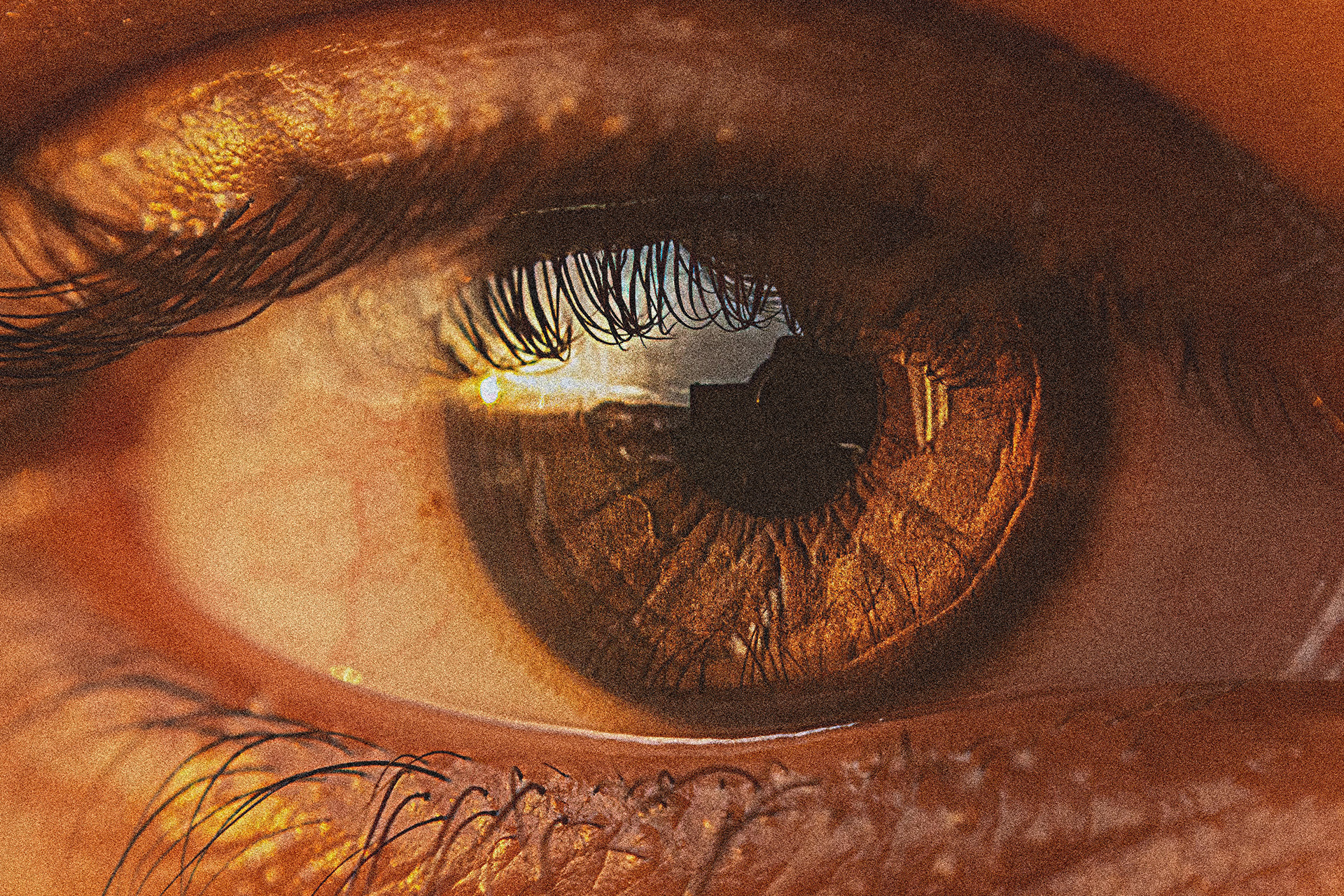
What Makes Hazel Eyes So Unique?
Hazel eyes are known for their multi-colored appearance, often featuring a blend of brown, gold, and green. Some individuals with hazel eyes may even have flecks of blue or grey. The exact shade of hazel can vary depending on an individual’s genetics, and the eye color can appear to change under different lighting conditions. This means that your hazel eyes might look darker or lighter throughout the day.
In hazel eyes, either brown or green is the dominant color. For many people, brown tends to be more prominent, which is why hazel eyes are sometimes mistaken for brown. However, a closer look will reveal the complexity of colors within the iris, making hazel eyes truly unique.
Hazel Eyes vs. Brown Eyes: What’s the Difference?
While hazel eyes may appear brown at first glance, a closer inspection reveals specks of other colors like green or gold. Brown eyes, on the other hand, have a more uniform appearance, with a consistent color throughout the entire iris. This distinction is what makes hazel eyes so remarkable—they have a dynamic, multi-tonal quality that brown eyes lack.
Choosing the Best Glasses for Hazel Eyes
When selecting glasses to complement hazel eyes, colors like brown and green are the most flattering. Depending on whether your hazel eyes lean more toward brown or green, you can choose frames that highlight those tones. Gold frames, for example, are perfect for bringing out the golden flecks in hazel eyes, while light tortoiseshell frames offer a subtle yet sophisticated contrast.
If you’re looking to make a bold statement, vibrant colors like red, purple, or pink will provide a contemporary, eye-catching contrast to your hazel eyes, helping you stand out in any crowd.
What color glasses would be most suitable for my eyes?
Whenever hazel eyes are paired with browns and greens, they look spectacular. It is recommended that you contrast your eyes according to whether they tend to be brown or green. An attractive gold frame will draw attention to your golden flecked eyes. It would also be effective to use a light tortoiseshell. Additionally, if you are seeking to attract attention in a crowd, a vibrant red, purple, or pink will provide a stylish, contemporary contrast to your eyes.
Check our bestsellers!



